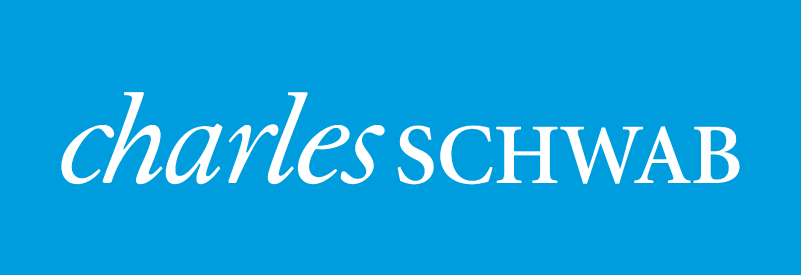Following the weakest month since October 2008, the S&P 500 (+12.82%) turned in its best month since 1987 – exhibit A on the perils of market timing. Diverging fortunes between the dire economic outcomes of the virus and global containment measures relative to stock market performance were on display. The stock market rally bore the imprint of the unprecedented fiscal and monetary responses from around the world with a strong case to be made that the U.S. Treasury and Fed (married or just dating?) were the most aggressive of the bunch. The massive stimulus measures and clear differences between negatively CoVid-19 impacted businesses and neutral/positively CoVid-19 impacted businesses were the explanatory variables for stock and stock market index performance on the month. It remains to be seen whether the March 23rd low was a tangible bottom or just a mirage but the remarkable relief rally in April certainly puts weight on the former.
Market Anecdotes
- Nearly $3t in fiscal stimulus combined with massive balance sheet expansion by the Fed put a charge into risk markets. The Fed balance sheet has grown from under $4t to over $6.6t in a matter of five weeks with programs just beginning.
- The Bloomberg WTI Index is off to its worst start on record through April (-74%). The second worst start was -45% in 1986, another year the Saudis ramped up production and we saw infighting amongst OPEC member nations.
- The 30yr US Treasury total return through April of 28.7% easily outpaces all other years back to 1973. Only 1986 (+23%) was even in the ballpark.
- US investment grade credit return for April registered the largest return relative to norm (Z-score over 3) of all global assets with U.S. equities a close second.
- Three straight months of record corporate bond issuance and projected $4.5t of borrowing from the U.S. Treasury to fund the fiscal year 2020 deficit has placed significant supply concerns squarely on the market’s shoulders.
- FactSet reported that with 86% of S&P 500 earnings released, blended earnings and revenue are -13.6% and +0.6% respectively.
- Rapid spreading, inadequate testing, and complicated modeling made balancing public health policy with economic impacts virtually impossible. Containment measures improved virus metrics as the month wore on, encouraging to markets.
- The highly contagious nature of CoVid-19 (est R number 3 to 4) is at the heart of the problem (Spanish flu R number was 1.8). An R of 3.5 would require approximately 70% of the population to acquire herd immunity to keep the virus at bay.
Economic Release Highlights
- April’s BLS jobs report was the worst single month on record (20.5mm jobs lost) in what was likely an under-reported tally due to data collection issues. This took the U3 unemployment rate to 14.7% (March 4.4%) and U6 to 22.8% (March 8.7%).
- April’s jobs number beat expectations but that was largely due to a much larger than expected decline in labor participation rate which fell from 62.7% to 60.2%.
- Average hourly earnings surged at a 7.9% annual rate, higher than the 7.7% wage growth registered in 1891 with 10.2% CPI in the backdrop. This Is due to job losses being concentrated in low wage sectors like leisure and hospitality (50% of losses).
- US PMI fell in April to 27.4 from 40.9 in March, now at levels last seen in October 2009. Services and manufacturing registered 27.0 and 36.9 respectively.
- Non-U.S. composite PMIs in Eurozone 13.5 (31.4), U.K. 12.9 (36), and Japan 27.8 (35.8) cratered as well. Services and manufacturing registered EZ (11.7, 33.6), U.K. (12.3, 32.9), and Japan (22.8, 43.7) respectively.
- April U.S. consumer sentiment (71.8) and consumer confidence (86.0) both fell record amounts in reflection of the CoVid-19 effect.



